Moscow, a city steeped in history and architectural grandeur, possesses a unique cinematic allure. Its majestic avenues, ornate metro stations, ancient fortresses, and imposing Soviet-era structures have long served as a captivating backdrop for storytelling. For filmmakers, both Russian and international, the capital offers an unparalleled palette of visual possibilities. Consequently, exploring Moscow’s Film Locations provides a fascinating journey into the heart of cinematic magic, revealing where countless movies and TV shows have been brought to life. These recognizable settings imbue narratives with authenticity and dramatic power.
A Storied History of Filming in the Capital
Moscow’s relationship with cinema dates back to the early 20th century. The city quickly became the epicenter of Russian and later Soviet filmmaking. Early pioneers utilized its diverse urban fabric to tell compelling stories, from the bustling streets captured in documentary-style films to the grand squares that set the stage for epic dramas. The rich visual vocabulary of Moscow, therefore, became an integral part of the evolving cinematic language.
Over the decades, as film technology advanced and storytelling became more sophisticated, Moscow continued to provide an inspiring canvas. The Soviet era, in particular, saw a proliferation of films that showcased Moscow’s iconic landmarks, often imbued with ideological significance. Many classic Soviet films, which still resonate today, prominently feature the city’s unique character. This long and distinguished history means that many of Moscow’s Film Locations hold a special place in cinematic folklore, deeply ingrained in the cultural memory.
Iconic Landmarks on the Silver Screen
Certain Moscow landmarks are instantly recognizable to audiences worldwide, thanks to their frequent appearances in films and television.
Red Square and the Kremlin are, without doubt, the most famous. Their imposing presence and historical weight have made them popular settings for espionage thrillers, historical dramas, and action blockbusters. Films like Mission: Impossible – Ghost Protocol famously feature Tom Cruise scaling the Kremlin walls, providing a breathtaking, high-stakes sequence. The Bourne Supremacy also incorporated shots of Red Square, adding to its reputation as a backdrop for international intrigue. Russian historical epics frequently utilize the Kremlin’s ancient cathedrals and palaces to evoke specific periods. This central location offers unparalleled visual impact.
O Moscow Metro, with its opulent stations adorned with marble, mosaics, and sculptures, consistently serves as a dramatic and atmospheric location. Its subterranean grandeur has been featured in numerous films, often providing a sense of mystery or an escape route in thrillers. The station “Mayakovskaya” with its futuristic design, or “Komsomolskaya” with its elaborate mosaics, are particularly popular. The metro’s deep tunnels and crowded platforms offer a unique setting for various cinematic moods, from claustrophobic suspense to everyday life. Therefore, scenes set within its labyrinthine passages contribute significantly to the visual identity of Moscow’s Film Locations.
Beyond these, the Teatro Bolshoi has often served as a symbol of Russian culture and artistic excellence. Its magnificent facade and opulent interiors have appeared in films that explore the world of ballet and opera. The Luzhniki Stadium, a massive sports complex, has been featured in films depicting major sporting events, showcasing the city’s modern infrastructure. Even the scenic Gorky Park, with its various attractions and relaxed atmosphere, has provided a setting for more light-hearted or romantic scenes. These diverse landmarks truly embody the versatility of Moscow’s Film Locations.
Modern Moscow City: A New Cinematic Skyline
The emergence of the Moscow International Business Center (Moscow City) has added a striking new dimension to the city’s cinematic appeal. This cluster of futuristic skyscrapers, with its shimmering glass and steel, represents modern Russia’s ambition and dynamism. For contemporary films and TV series, Moscow City provides a sleek, urban backdrop that contrasts sharply with the city’s historical core.
These towering buildings have become a symbol of contemporary Moscow, often featured in thrillers, dramas, and even sci-fi productions. The elevated walkways, panoramic views, and cutting-edge architecture offer a distinct visual signature. Films depicting the fast-paced world of finance or international intrigue increasingly utilize Moscow City’s impressive skyline. Its reflective surfaces and intricate designs provide a unique aesthetic, making it an increasingly popular choice among Moscow movie sets for projects that require a sense of urban sophistication and modernity. Directors and cinematographers appreciate the geometric lines and interplay of light.
Russian Cinema: Capturing the Soul of the City
Russian filmmakers have, naturally, made the most extensive use of Moscow’s varied scenery. Many beloved Russian movies and popular TV shows are intrinsically linked to specific city locations, weaving them into the narrative fabric.
Classic Soviet films like Moscow Does Not Believe in Tears (which won an Oscar for Best Foreign Language Film) beautifully showcase the city’s transformation over several decades, using authentic streets, apartments, and public spaces to tell a deeply human story. Similarly, the iconic New Year’s Eve comedy The Irony of Fate features recognizable Moscow streets and apartment buildings, creating a sense of intimate familiarity for Russian audiences. These films offer a glimpse into different eras of Moscow life.
In contemporary Russian cinema, Moscow’s Film Locations continue to play a starring role. Popular TV series like The Method (Метод) or Better Than Us (Лучше, чем люди) often use modern Moscow settings, from sleek apartments and high-tech offices to bustling streets and trendy cafes, reflecting the city’s current lifestyle. Fantastical films like Night Watch e Day Watch employed special effects to transform famous landmarks into battlegrounds for supernatural forces, blending reality with fantasy. Moreover, historical dramas like The Master and Margarita (recent adaptations) meticulously recreate Moscow of bygone eras, often utilizing preserved architectural ensembles or studio sets that replicate the past.
International Productions and Their Moscow Portrayals
While some international productions have managed to film directly in Moscow, others have utilized other cities, notably Budapest, as stand-ins due to logistical or political considerations. Nevertheless, Moscow often remains the setting in the narrative.
Films like A Good Day to Die Hard e Jack Ryan: Shadow Recruit are set in Moscow, even if some scenes were shot elsewhere, reinforcing the city’s image as a center of global power and intrigue. Other movies, such as The November Man, explicitly use Moscow’s landmarks to establish a sense of place for their espionage narratives. Even older films like Doctor Zhivago, while largely filmed on elaborate sets or in other locations, evoke the atmosphere of Russia during tumultuous times, with Moscow as its symbolic heart.
The growing trend towards international co-productions and Russia’s efforts to simplify filming permits are gradually making direct access to Moscow’s Film Locations more feasible for foreign crews. This presents exciting opportunities for more authentic portrayals of the city on the global cinematic stage. The unique blend of architectural styles, from Tsarist-era grandeur to Stalinist monumentalism and modern skyscrapers, offers a visually rich tapestry that is hard to replicate.
Film Studios and Production Facilities
Beyond the natural backdrops, Moscow is home to significant film studios that have played a pivotal role in Russian and Soviet cinema history. Mosfilm Studio is one of the largest and oldest film studios in Europe, often referred to as the Russian Hollywood. Established in 1924, it has produced over 2,500 films, including many masterpieces.
Mosfilm offers extensive facilities, including sound stages, elaborate outdoor sets (like permanent “Old Moscow” or “St. Petersburg” streets), costume and prop departments with vast collections, and post-production facilities. Visitors can often take tours of Mosfilm, witnessing the historical sets and props, which provides a fascinating insight into the filmmaking process and the legacy of Moscow’s Film Locations as constructed realities. This living museum of Russian cinema is a testament to the city’s enduring contribution to the art form.
Recently, initiatives like the Moskino Film Committee e Moskino Cinema Park have been established to further support filmmaking in the city. The Cinema Park, in particular, is developing into a massive outdoor filming location with various themed sets, including a 1940s Moscow street, a train station, and even a “Berlin street.” These dedicated facilities aim to attract more domestic and international productions. They simplify the logistics of filming complex scenes and provide ready-made environments, further enhancing Moscow’s appeal as a premier filming destination.
The Enduring Appeal of Moscow on Screen
The allure of Moscow’s Film Locations for filmmakers is undeniable. The city’s multi-layered history, combined with its modern dynamism, provides an endless source of inspiration. Its grand scale and distinctive visual elements allow it to play many roles, from a formidable backdrop for political thrillers to a romantic setting for character dramas. The interplay of ancient cathedrals with futuristic skyscrapers offers a visual richness that few other global cities can match.
As the global appetite for diverse storytelling continues to grow, Moscow is poised to feature even more prominently in international productions. Its unique blend of East and West, its dramatic history, and its vibrant contemporary life make it an ideal setting for narratives that resonate with global audiences. For cinema enthusiasts, visiting these recognizable sites offers a tangible connection to the stories that have unfolded on screen, bringing the cinematic experience to life in a truly immersive way.
In summary, Moscow’s Film Locations are more than just backdrops; they are active participants in the narratives they frame. From the iconic Red Square to the intricate metro and the modern Moscow City, the city itself is a star, continuously contributing to the visual grandeur and storytelling power of movies and TV shows from Russia and beyond.


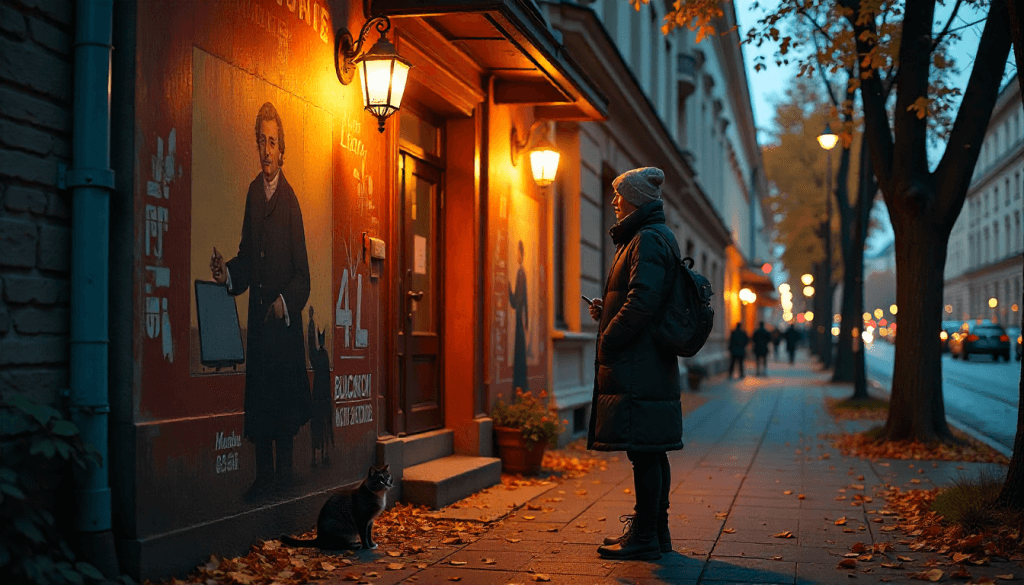 Hidden Moscow: Off-the-Beaten-Path Locations Your Pass Unlocks in 2025">
Hidden Moscow: Off-the-Beaten-Path Locations Your Pass Unlocks in 2025">
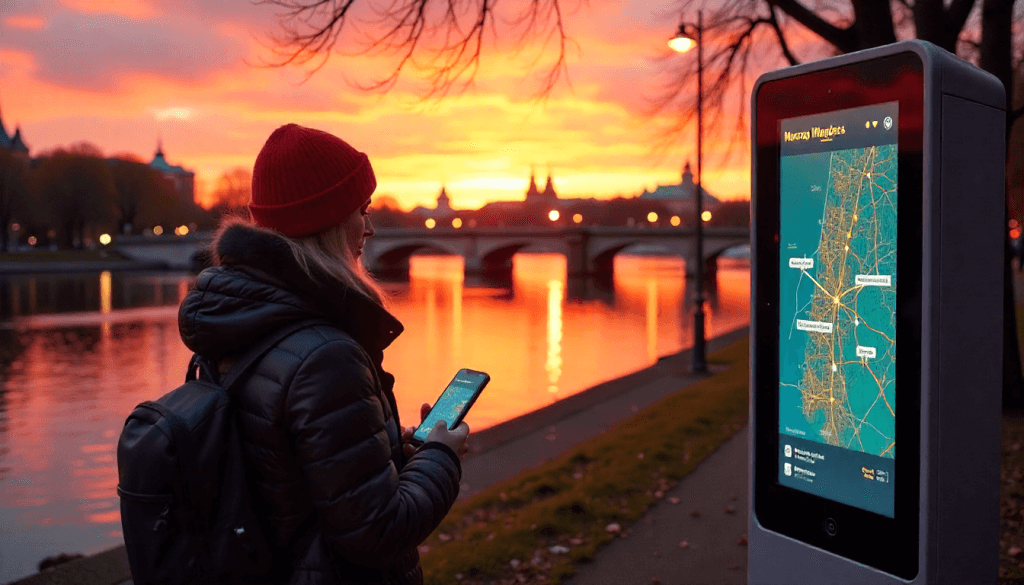 Moscow’s Smart City Features: How Technology Enhances Tourism in 2025">
Moscow’s Smart City Features: How Technology Enhances Tourism in 2025">
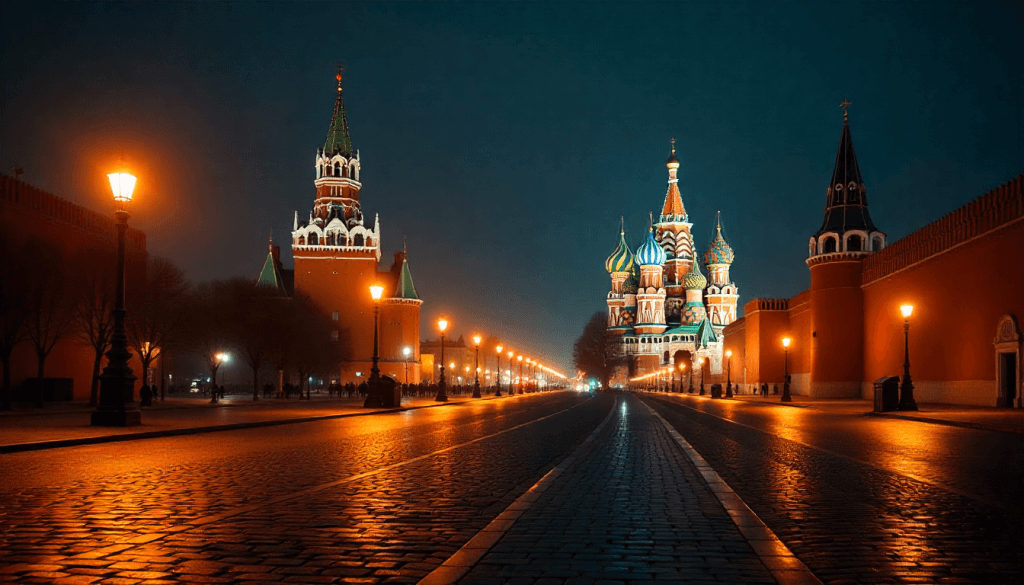 Moscow After Midnight: Late-Night Attractions and 24-Hour Experiences">
Moscow After Midnight: Late-Night Attractions and 24-Hour Experiences">
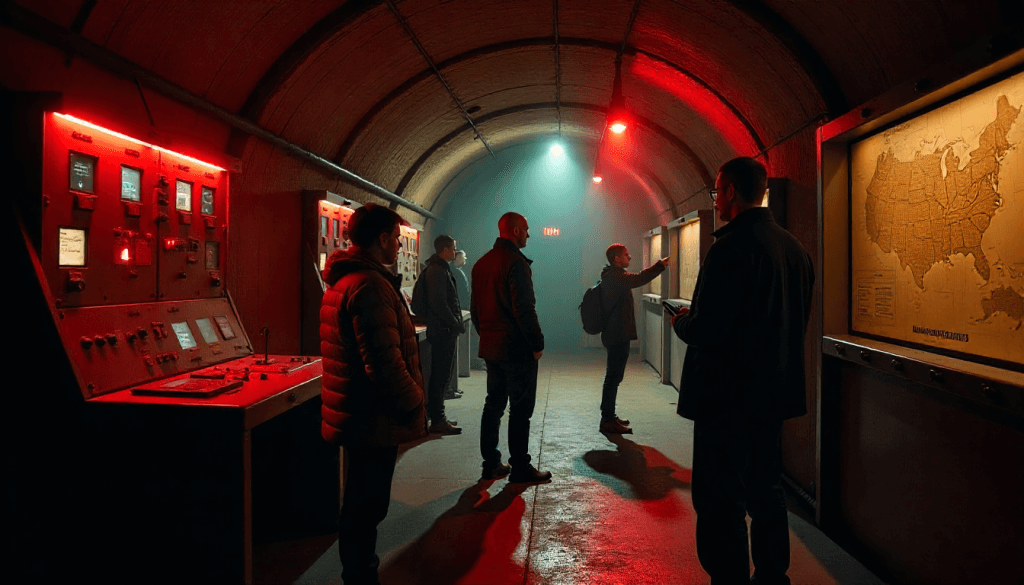 Industrial Tourism in Moscow: Factory Tours and Manufacturing Heritage">
Industrial Tourism in Moscow: Factory Tours and Manufacturing Heritage">
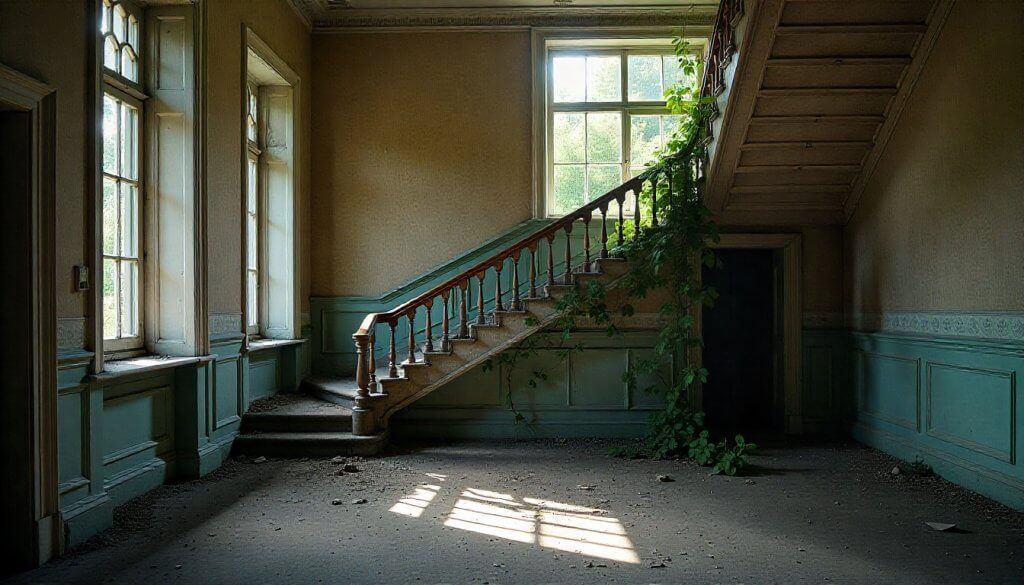 Abandoned Places Near Moscow: Urban Exploration Day Trips">
Abandoned Places Near Moscow: Urban Exploration Day Trips">
 Moscow Pass for Digital Nomads: Co-working Spaces and WiFi Hotspots">
Moscow Pass for Digital Nomads: Co-working Spaces and WiFi Hotspots">
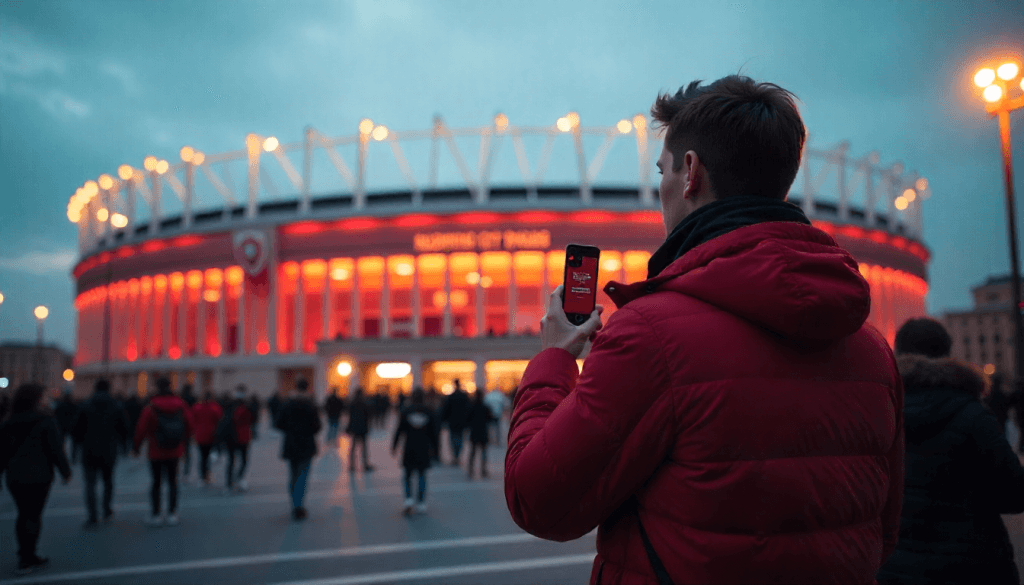 Moscow for Sports Fans: Stadiums, Teams, and Athletic Heritage in 2025">
Moscow for Sports Fans: Stadiums, Teams, and Athletic Heritage in 2025">
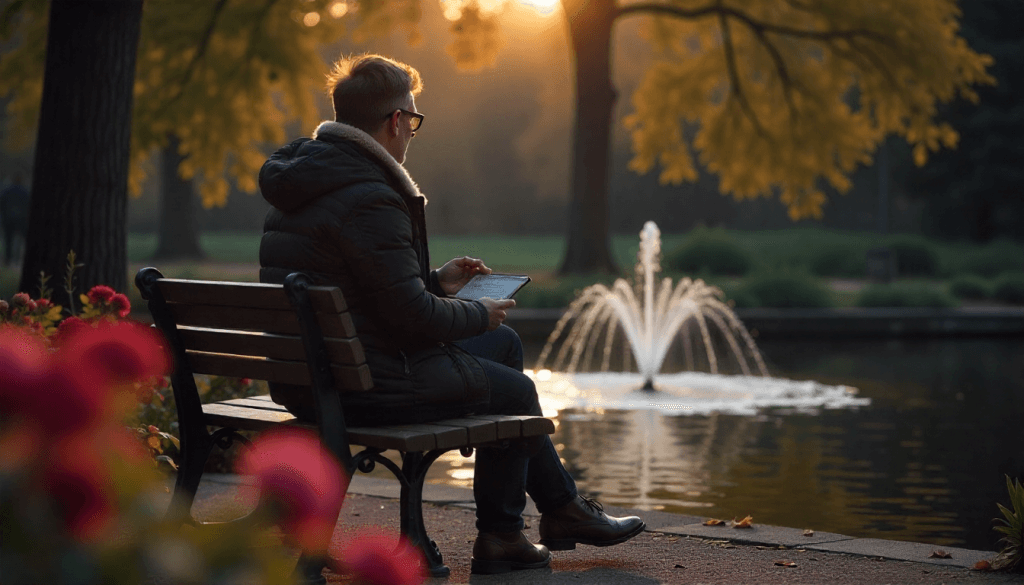 Secret Gardens and Hidden Parks: Moscow’s Green Oases in 2025">
Secret Gardens and Hidden Parks: Moscow’s Green Oases in 2025">
 Moscow’s Medical Tourism: World-Class Healthcare and Wellness Centers">
Moscow’s Medical Tourism: World-Class Healthcare and Wellness Centers">
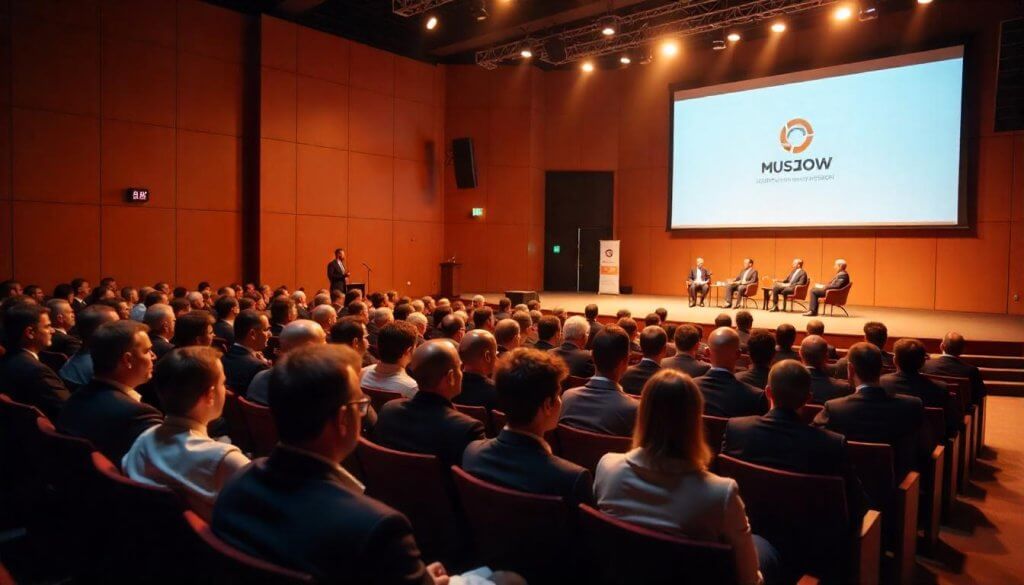 Business Travel in Moscow: Networking Events and Professional Attractions">
Business Travel in Moscow: Networking Events and Professional Attractions">